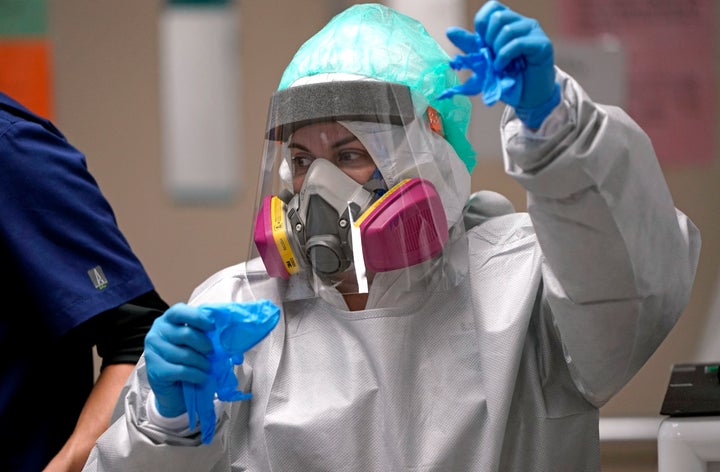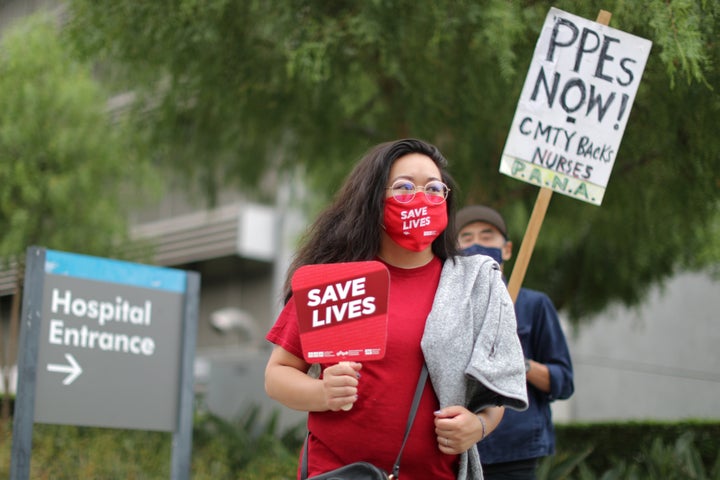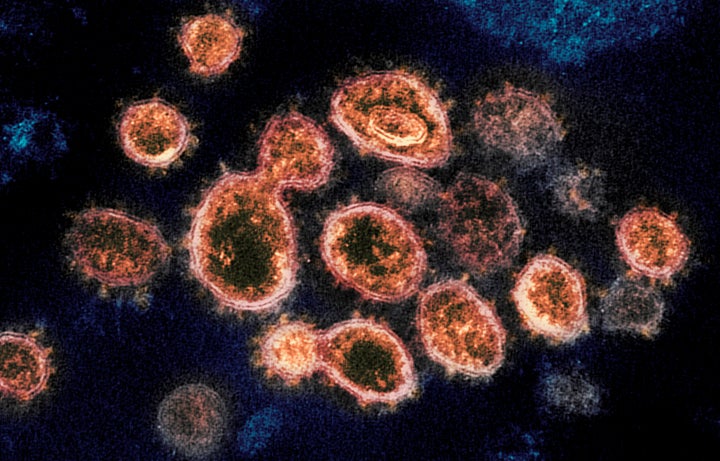Scientists are firing back at the Centers for Disease Control and Prevention after the federal agency on Monday reversed its identification of the coronavirus as an airborne virus, a conclusion that many experts say scientific evidence has supported for months now.
The CDC’s brief recognition of the virus as being airborne on Friday was celebrated as long overdue by concurring scientists, who expressed relief that the agency was finally catching up. Three days later, however, the agency said that new language in its coronavirus guidance had been published in error.
“The CDC is broken. Seriously broken,” Matthew Fox, an epidemiology and global health professor at Boston University, tweeted in response.
Scientists and public health experts scoffed at the CDC’s flip-flop. Not only was it dangerous to release confusing information during a pandemic, they argued, but the science doesn’t support the stance the agency was apparently reverting to.
“There’s something odd going on at the CDC,” tweeted Joseph Allen of the Harvard T.H. Chan School of Public Health.

“Who knows what the agency position will be by Friday,” tweeted Richard Corsi, an indoor air quality expert and dean of Portland State University’s college of engineering and computer science in Oregon. “To wear blinders to evidence is to bring a country to its knees.”
In a Washington Post op-ed published on Tuesday, Allen and Linsey C. Marr, a professor of civil and environmental engineering at Virginia Tech with expertise in airborne virus transmission, broke down the evidence supporting the conclusion that the virus is airborne ― and thus capable of person-to-person transmission through tiny respiratory droplets called aerosols.
“The science here is fairly straightforward. When you talk or sing — or even just breathe — you emit a range of particles of different sizes. Yes, there might be one or two particles that are large enough to see and that fall to the ground within six feet, but there are also thousands of particles that are smaller than five microns (or five millionths of a meter),” Allen and Marr wrote.

The tiny droplets can remain suspended in the air for longer periods of time, as well as travel farther, than larger droplets. In some cases, they’re able to travel well over 6 feet, which is the current physical distance recommended by the CDC.
“Our whole field has been shouting from the rooftops that airborne transmission was happening and that ventilation and filtration were crucial to limiting the spread of the disease,” Allen and Marr wrote.
The two professors cited one recent study, published in the International Journal of Infectious Diseases, that found viable samples of the coronavirus in air samples collected up to 16 feet away from patients hospitalized with COVID-19. No health procedures that would generate aerosols had taken place in the room, leading to the determination that the patients were generating the aerosols themselves by coughing, sneezing and even talking.
“For aerosol-based transmission, measures such as physical distancing by 6 feet would not be helpful in an indoor setting, provide a false sense of security and lead to exposures and outbreaks,” the study states.

Though the CDC and the World Health Organization have stated that airborne transmission of the virus has not been proven, Dr. Anthony Fauci, the top infectious disease expert in the U.S., last month said that the coronavirus “is much more aerosols than we thought,” citing evidence presented to him by aerosol and particle physicists. What remains unknown, he said at a panel Tuesday on Citizen by CNN, is the extent to which the aerosol component is contributing to the virus’s transmission.
“Rather than bending ourselves out of shape trying to figure out what percentage it is or is not or how well it’s proven, make an assumption that some component of it is aerosol and act accordingly, which means do what we’ve been telling you to do all along. It doesn’t change what we’re doing,” Fauci said.
Measures of protection recommended by Fauci include mask-wearing, social distancing and ensuring that indoor public spaces have open windows and are well-ventilated.
Many scientists reacting to Fauci’s comments on Twitter agreed.
“While it would be helpful to have CDC’s guidance on aerosols,” Marr tweeted, “it doesn’t change the fact that transmission by aerosols is happening and that we know how to address it.”